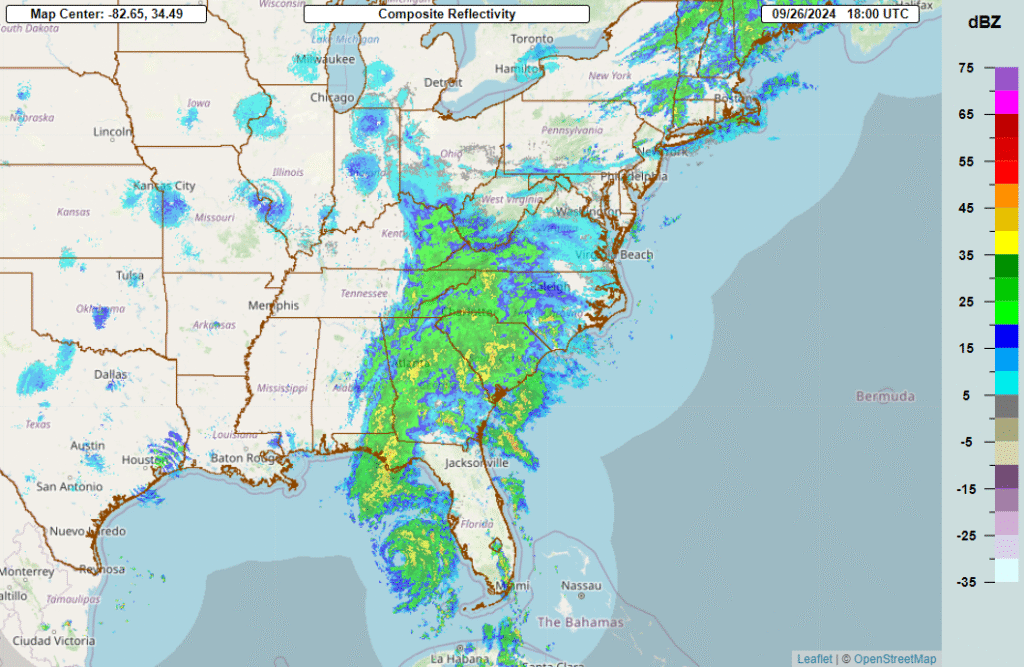
NORTH CAROLINA — North Carolina has a long history of devastating hurricanes, but none has caused as much destruction as Hurricane Helene in 2024.
According to state officials, Helene left behind an estimated $53 billion in damages, making it the costliest hurricane in North Carolina history by a wide margin.
Helene made landfall on September 27, 2024, as a powerful Category 4 storm with sustained winds near 140 miles per hour. The hurricane struck the Gulf Coast first, before moving inland and cutting across the Appalachian Mountains into western North Carolina.
The storm’s track and intensity proved catastrophic for communities in the state’s western counties, which are typically less prepared for tropical systems of such strength.
Torrential rainfall caused widespread flooding and landslides in the mountains, while strong winds brought down trees and power lines across multiple regions.
In the immediate aftermath, hundreds of thousands of residents were left without electricity. Roads, bridges, and critical infrastructure suffered major damage, complicating rescue and recovery efforts.
The flooding inundated homes and businesses, forcing thousands of families to evacuate and leaving many communities isolated for days. The Federal Emergency Management Agency (FEMA) and the North Carolina Department of Public Safety coordinated emergency response efforts, but recovery proved to be a lengthy and difficult process.
The $53 billion damage estimate reflects destruction to homes, businesses, public infrastructure, and agriculture.
By comparison, Hurricane Florence in 2018, which was previously considered the state’s costliest hurricane, caused about $17 billion in damages. Hurricane Floyd in 1999, another benchmark storm, caused around $6 billion in losses. Helene’s total eclipsed both storms combined, underscoring the unprecedented scale of the disaster, according to the National Weather Service.
Helene also had a severe human toll. Dozens of deaths in North Carolina were directly attributed to the storm, and many more people were displaced from their homes. Long-term recovery has involved rebuilding infrastructure, repairing homes, and restoring livelihoods in some of the hardest-hit regions of the state.
Meteorologists and climate experts note that Hurricane Helene serves as a reminder of the increasing risks posed by powerful storms in North Carolina, including in areas not traditionally thought of as hurricane-prone. State leaders have emphasized the importance of building resilience in both coastal and inland communities, given the scale of Helene’s impact.
With damages totaling an estimated $53 billion, Hurricane Helene now stands as the costliest hurricane in North Carolina history, surpassing every storm before it and reshaping how the state prepares for natural disasters in the future.









